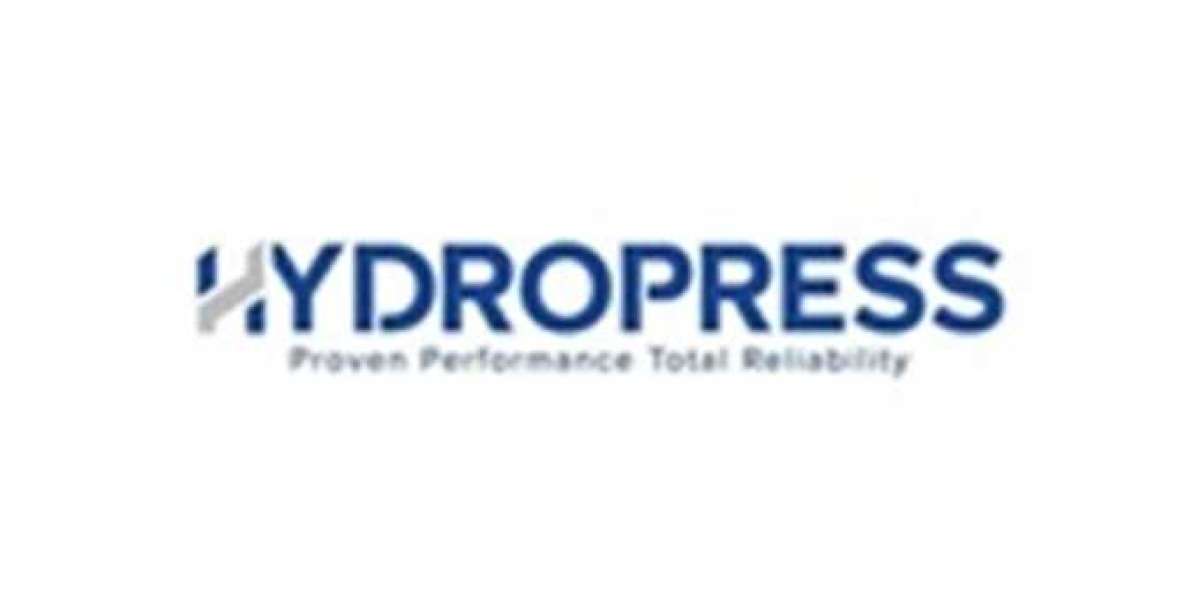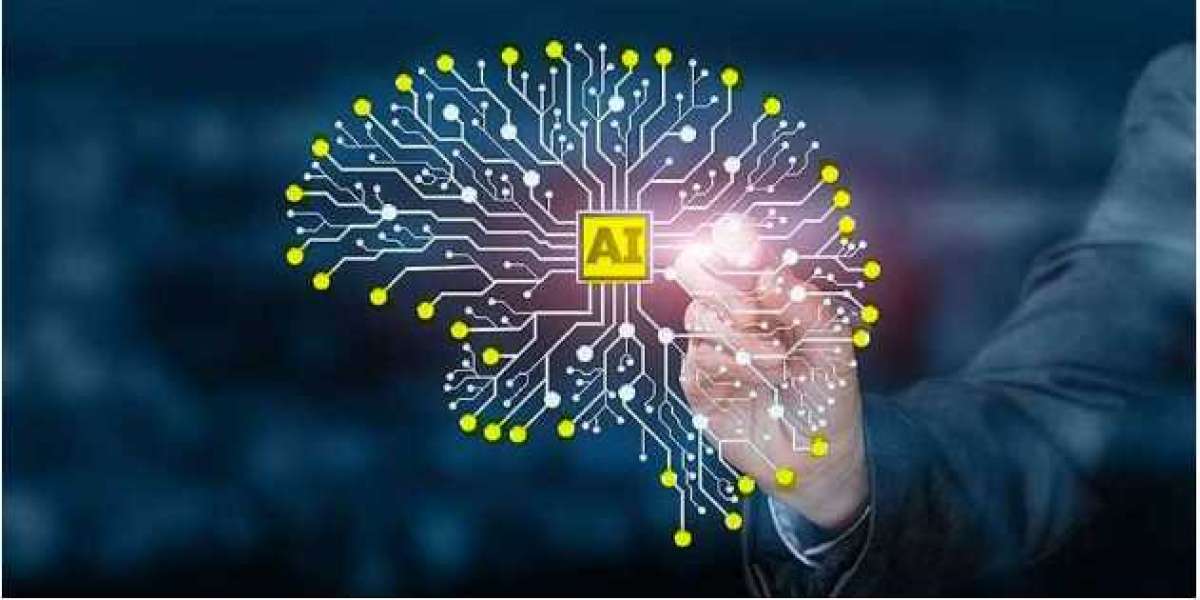1. What is PLC?
A Programmable Logic Controller (PLC) is an industrial computer designed to automate processes by receiving inputs from sensors, processing logic based on a program, and controlling outputs accordingly.
2. What are the Different Types of PLC?
- Fixed/Integrated/Compact PLC
- Modular PLC
3. What is the Difference Between Compact PLC and Modular PLC?
- Compact PLC: All components (CPU, I/O, Power Supply) are in a single unit with fixed I/O points. Suitable for smaller applications.
- Modular PLC: Consists of separate modules (CPU, I/O, Power Supply) arranged in a rack, offering scalability and flexibility.
4. What is the Difference Between Analog and Digital Signals?
- Analog Signal: Continuous signals (e.g., 0–10V, 4–20mA).
- Digital Signal: Discrete ON/OFF signals (e.g., 0 or 1).
5. What is Redundancy in a PLC Control System?
Redundancy involves using a backup PLC to ensure system reliability during primary PLC failure. This reduces downtime and enhances reliability in critical systems.
6. What are the Basic Components of a PLC System?
- Power Supply Unit
- Central Processing Unit (CPU)
- Input/Output (I/O) Modules
- Communication Unit
- Memory Unit
These components are covered in-depth in PLC programming courses.
7. Why Do Industries Use PLCs for Process Control?
- Faster Response Time
- Programmability
- Real-Time Operation
- Easy Troubleshooting
- High Reliability
- Multiple Input/Output Support
8. What is a Sensor?
A sensor converts physical parameters (temperature, motion, pressure) into electrical signals for PLC interpretation.
9. Which Programming Languages Are Used in PLC?
The IEC 61131-3 standard defines the following programming languages:
- Ladder Diagram (LD)
- Functional Block Diagram (FBD)
- Structured Text (ST)
- Instruction List (IL)
- Sequential Function Chart (SFC)
10. What is Ladder Diagram Programming?
A Ladder Diagram (LD) represents control logic visually using horizontal rungs, similar to an electrical circuit diagram.
11. What is Structured Text Programming?
A Structured Text (ST) programming language uses conditional statements and loops, resembling a high-level programming language.
12. What is Functional Block Diagram (FBD) Programming?
FBD uses graphical blocks to represent control functions like timers, counters, arithmetic, and comparison logic.
13. What is CFC in PLC?
Continuous Function Chart (CFC) is a graphical programming method that allows free placement and connection of control logic blocks.
14. What is a Rack or Chassis in a PLC System?
A rack or chassis holds and connects essential modules (CPU, I/O, Power Supply) using a backplane bus system.
15. What are Active and Passive Backplanes in PLC?
- Active Backplane: Provides communication and power distribution.
- Passive Backplane: Functions as a simple connector without communication support.
16. What are Program Mode, Run Mode, and Test Mode in PLC?
- Program Mode: Used to upload and modify PLC programs. Stops I/O scanning.
- Run Mode: Executes control logic continuously in real-time.
- Test Mode: Partially executes program logic for simulation and troubleshooting.
17. What are Common PLC Communication Protocols?
- RS-232/RS-485
- Modbus RTU/TCP
- Profinet
- Ethernet/IP
- DeviceNet
- Profibus DP
18. Why is a 4-20 mA Signal Used in PLC?
The 4-20 mA signal is a standard for analog data transmission, offering noise resistance and signal reliability.
19. What are the Types of PLC Modules?
- Digital Module
- Analog Module
- Temperature Module
- Pulse/Encoder Module
- High-Speed Module
20. What is an Analog Module?
Analog modules process continuous input/output signals (e.g., voltage or current) from sensors or actuators.
21. What is a Digital Module?
Digital modules handle ON/OFF signals from devices like switches, buttons, and relays.
22. What is a Scan Cycle in PLC?
The scan cycle is the time required for the PLC to read inputs, execute the program, and update outputs.
23. What is Sinking and Sourcing in PLC?
- Sinking: Current flows from the load to the PLC input terminal (negative connection).
- Sourcing: Current flows from the PLC output to the load (positive connection).
24. What Are PLC Data Types?
- Boolean: ON/OFF (True/False)
- Integer: Whole numbers
- Real: Decimal numbers
- String: Text data
25. What Are the Top PLC Manufacturers and Models?
- Siemens: S7-300, S7-400, S7-1200, S7-1500
- Allen Bradley: MicroLogix, CompactLogix, ControlLogix
- ABB: AC500, AC800
- Honeywell: HC900, Experion PKS
- Mitsubishi: MELSEC FX, Q, L Series
- Schneider Electric: Modicon M221, M241, M258, M340, M580
- Omron: CP1H, CJ2, CS1, NX1P, NX7
- Panasonic: FP-X, FP2











